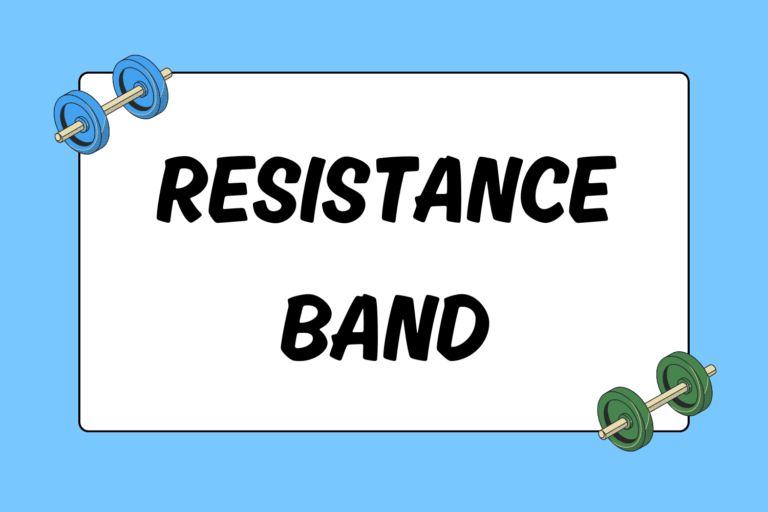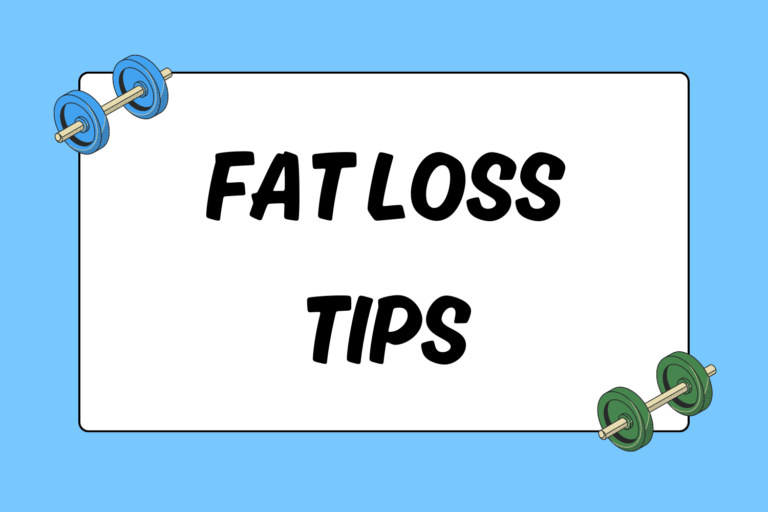Being a personal trainer is a rewarding and fun career. Fitness professionals help to combat growing health issues such as obesity, diabetes, and cardiovascular disease. The basic job requirements include:
- Motivating people to reach their goals
- Designing effective programs
- Teaching people how to exercise
- Being a great coach
- Changing lives
Getting Certified
Attaining a certification is an important first step to becoming a trainer. Getting certified adds credibility and provides a foundation for you to continue your education. Your certification teaches you the science behind training, and working with clients helps you further develop these principles through practice and evaluation.
A majority of the material covered will be the same for any certification. You will learn basic anatomy and physiology, adaptations to exercise, considerations for special populations, and basic nutrition, among other things. The main differences between certifications are in programming templates, assessment tools, movement screens, and the certification requirements themselves.
Choosing a certification recognized by the National Commission for Certifying Agencies (NCCA) only adds to your credibility. Third party accreditation assures that the certification meets specific requirements for knowledge, skill, and ability. The following certifications are accredited by the NCCA:
- NSCA: National Strength and Conditioning Association
- NASM: National Academy of Sports Medicine
- ACE: American Council on Exercise
- ACSM: American College of Sports Medicine
- NCSF: National Council on Strength and Fitness
- NFPT: National Federation of Professional Trainers
- NESTA: National Exercise and Sports Trainers Association
- IFPA: International Fitness Professional Association
Remember that getting a certification is only the beginning of your fitness education. Having the foundation of the certification helps you pursue continuing education through workshops, seminars, webinars, and mentorships. Investing in your education increases your confidence and ability to practically apply your knowledge to your clients.
What it Takes
Before deciding which certification you want to attain, you need to consider all that being a personal trainer entails. A passion for fitness and desire to help people achieve their goals is only part of the equation.
Passion
Most personal trainers have this, most clients won’t. Be prepared that you may work with clients who don’t share your enthusiasm for living a fit and healthy lifestyle. Continue to be passionate but don’t force your agenda on your clients. Hopefully they will come around, but regardless you can still help them change their lives.
Schedule
Making your own schedule sounds great in theory, but you should realize that training sessions are based on your client’s schedule. Most clients schedule workouts before or after work and those times can vary greatly. Some trainers begin their days as early as 5:00 AM, or start their last sessions as late as 10:00 PM.
Sales
All the education and passion in the world won’t account for much if you don’t have clients. Successful trainers place a monetary value on their time and education. They understand how to communicate this to potential and current clientele. Remember, you are selling results and your clients will get a return on their investment.
Growing your personal trainer business requires you to be comfortable discussing financials. You are responsible for establishing value in your service and then asking for the sale. Knowing how to exercise or giving tips to someone in the gym isn’t the same as communicating the investment involved in working with you as a trainer.
Environment
The difference between working in a gym and a studio is much more than just size. The number of members, other trainers, and types and amount of equipment available will also vary. Gyms can be more social, but studios are often more training-specific. You need to evaluate your personality and see which environment is a better fit for you and your clients.
Gyms usually have a large member base, leading to a bigger pool of potential clients. More people working out also creates energy within the facility, and increases the chances of someone always being there. Most gyms have a personal trainer team, which depending on the culture of the gym, can lead to a positive or negative experience.
Most studios offer private, semi-private, or group training classes. Hybrid studios do exist and offer more than one service and/or open access to members. Studios are more training-specific and intimate, but also require a great deal of marketing.
Workout
You love working out, but are you prepared to pursue a career doing what is now your outlet or hobby? Maintaining a balance between taking care of clients and taking care of yourself is challenging, but it is possible. Keep in mind that you don’t have to pursue further education only to help others. It’s admirable whether you choose to become better educated to improve your performance or your clients’ (or both).
Hot Tip: Learn by Doing
Putting your knowledge into practice is essential to fine-tuning your ability to write programs, demonstrate exercises, and coach.
- Attend workshops and seminars to put your knowledge into action.
- Write programs for yourself and friends to get feedback.
- Use a mentor for advice and guidance; don’t expect to figure out everything yourself!
- Practice cueing, moving, and coaching.
Leaders in the Industry
Knowing who the top fitness professionals are gives you perspective on what it takes to be successful. The top professionals in any field combine innovative solutions and business practices. Here are some of the most influential strength coaches and personal trainers in the industry:
- Alwyn Cosgrove: CSCS, co-owner and founder of Results Fitness and Results Fitness Biz, co-author of The New Rules of Lifting.
- Mike Boyle: MA, ATC, owner and operator of Mike Boyle Strength and Conditioning, Ice Hockey Strength and Conditioning Coach at Boston University, author of Functional Training for Sports.
- Todd Durkin: MA, CSCS, NCTMB, founder and owner of Fitness Quest 10 and Todd Durkin Enterprises.
- Rachel Cosgrove: CSCS, CISSN, co-owner and founder of Results Fitness and Results Fitness Biz, author of The Female Body Breakthrough.
- Juan Carlos Santana: Med, CSCS, CEO and founder of Institute of Human Performance.
- Martin Rooney: MHS, PT, CSCS, NASM, CPT, director of Parisi Speed School, author of Training for Warriors.
- Mark Verstegan: MS, CSCS, founder and chairman of Athlete’s Performance, author of Core Performance series.
- Bill Parisi: CSCS, CPT, founder and owner of Parisi Speed School and Parisi Sports Clubs.
- Gray Cook: MSPT, OCS, CSCS, co-founder of the Functional Movement Screen.
- Brian Grasso: YCS, co-founder of International Youth Conditioning Association, author of Training Young Athletes, The Grasso Method, and The Complete Athlete Development System.
- Dave Tate: CSCS, founder and CEO of Elite Fitness Systems, author of Under the Bar / Twelve Lesson of Life from the World of Powerlifting.
Making Fitness Your Business
Pursuing a career in personal training is rewarding beyond measure but it requires you to bring your best every day. As with any service business, success is driven by giving clients an experience they won’t forget. You make the difference when it comes to your clients’ view of fitness, their performance during their workouts, and the quality of their results.





